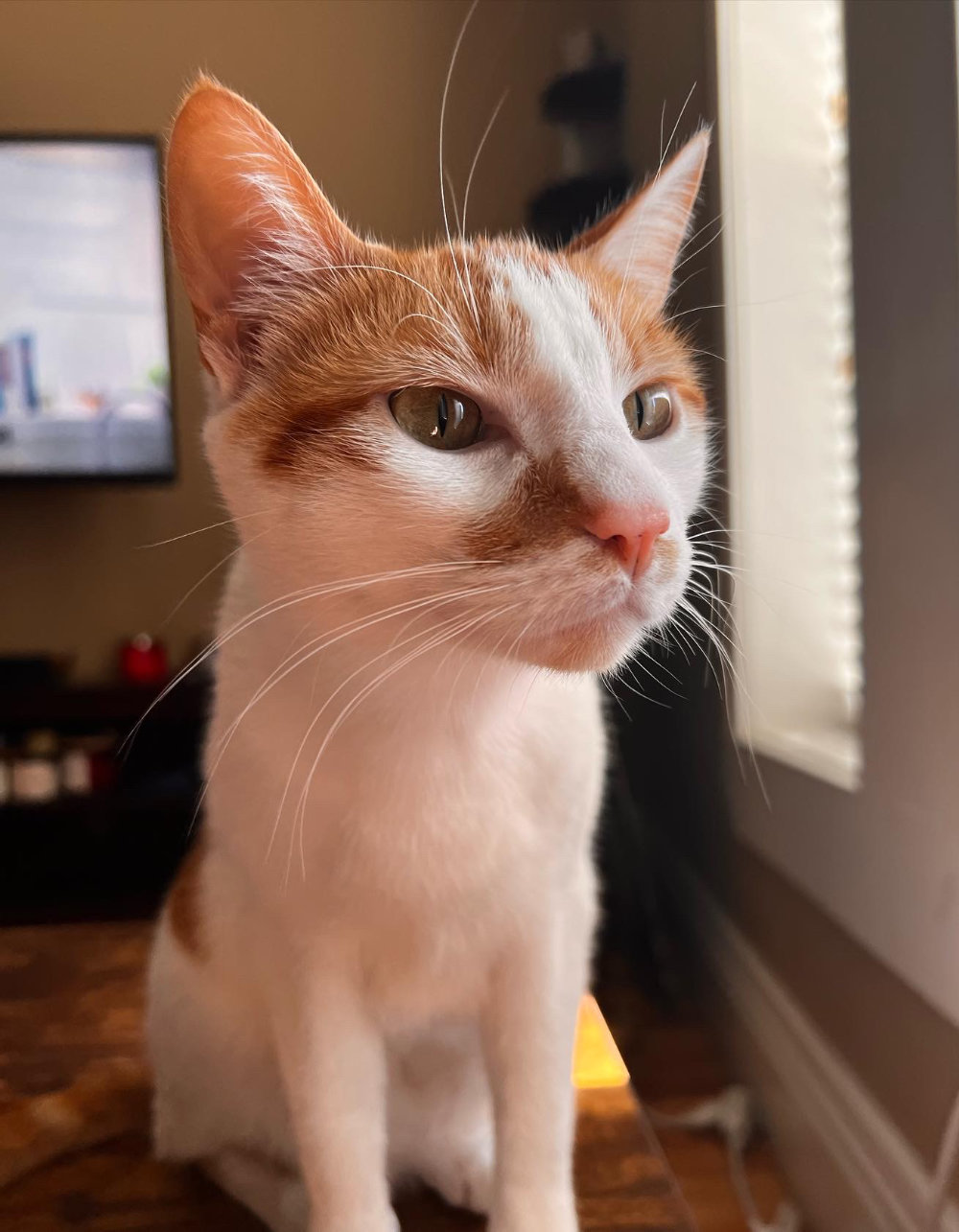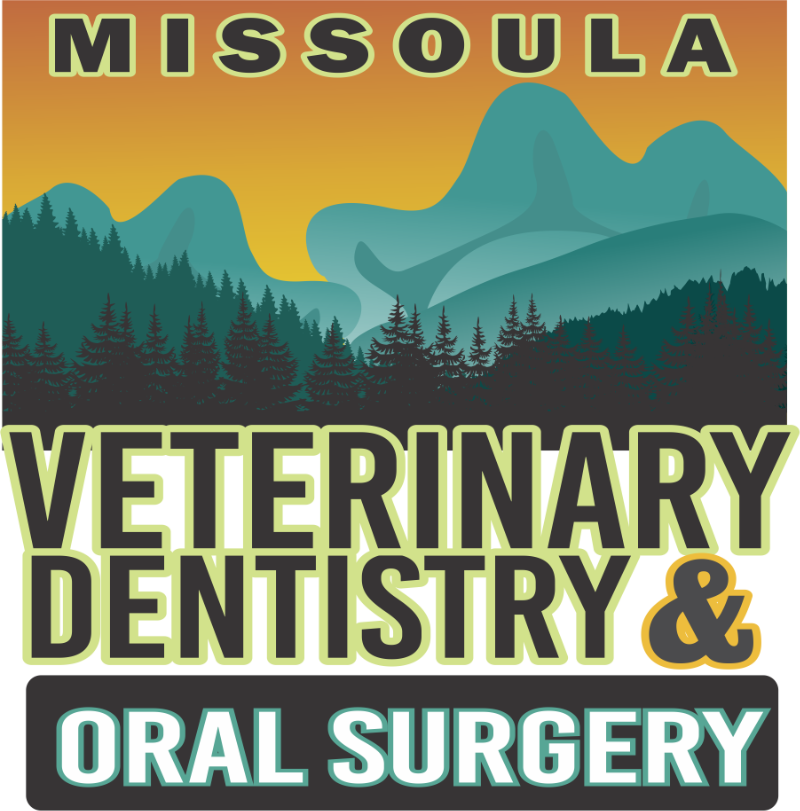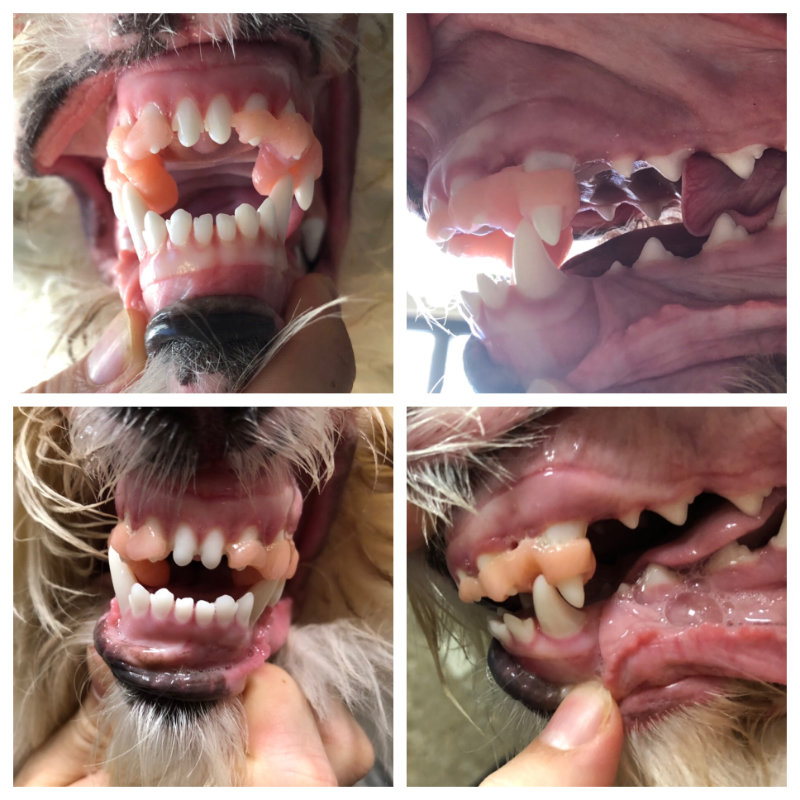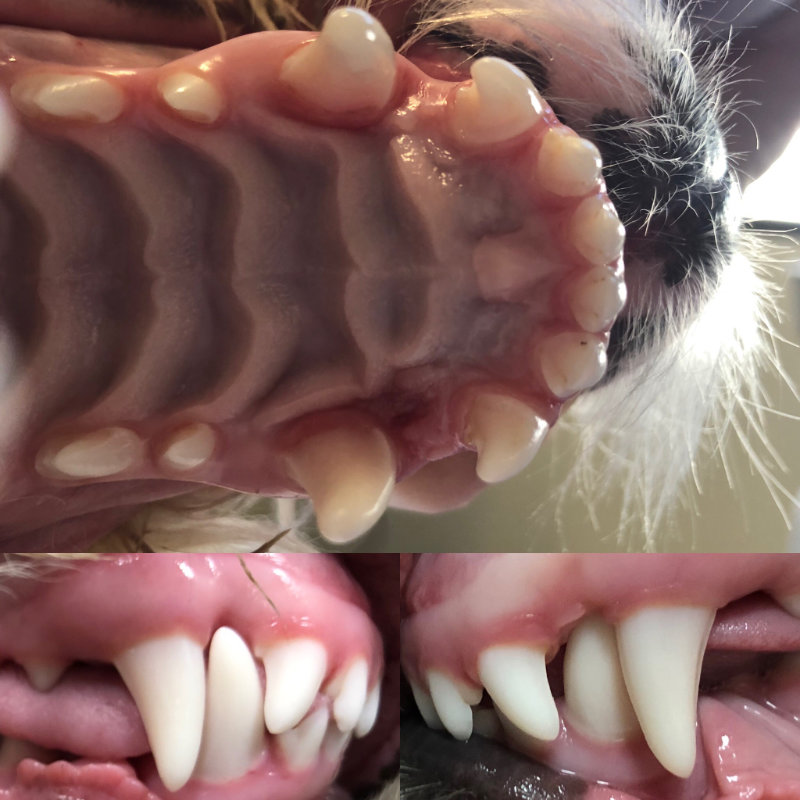
Orthodontics
Just as humans may require orthodontic treatment to correct misalignments of the teeth and jaws, dogs and cats can also benefit from orthodontics in veterinary dentistry. Orthodontics in canine and feline patients has made significant advancements in recent years, offering improved oral health, enhanced quality of life, and increased function and performance for our furry friends. In this article, we will explore the importance of orthodontics for pets, common dental issues requiring orthodontic intervention, and the latest advancements in veterinary orthodontic procedures.
Orthodontics plays a crucial role in the field of veterinary dentistry, addressing various dental issues that can affect dogs and cats. Dental malocclusions, or misalignments of the teeth, can lead to numerous problems, including discomfort, difficulty eating, oral pain, behavioral problems and a higher risk of periodontal disease. By correcting these misalignments, orthodontic treatments ensure that pets can maintain proper oral hygiene, chew their food effectively, and prevent complications associated with dental issues.
Common Dental Issues Requiring Orthodontic Intervention
Malocclusions
Dogs and cats may develop malocclusions of the jaws, commonly referred to as overbite, underbite, crossbite, or open bite. These misalignments can result from genetic predisposition, retained deciduous teeth, or trauma. Orthodontic therapies can be performed to help growing bones reach proper alignment and make room for misaligned teeth, reducing the risk of dental problems and improving the pet’s ability to eat comfortably.
Linguoversion (a.k.a. base narrow)
Most commonly affecting the mandibular canine teeth of dogs, abnormally emerging canine teeth can cause trauma to the soft and hard tissues of the palate. Orthodontic treatments, such as dental alignment devices, can help correct tooth position and restore a functional bite. Other treatments for this type of malocclusion include crown height reduction with vital pulp therapy, and even surgical extraction in severe cases.
Retained Deciduous Teeth
Retained deciduous teeth occur when a permanent tooth erupts alongside a baby tooth that fails to fall out. This can cause misalignments and overcrowding. Orthodontic intervention, including extraction and alignment techniques, can help resolve this issue, ensuring the proper eruption and alignment of permanent teeth.
Advancements in Veterinary Orthodontic Procedures
Digital Imaging
Advanced imaging techniques, such as cone-beam computed tomography (CBCT) and intraoral radiographs, allow for precise assessment and diagnosis of dental malocclusions. These technologies provide detailed 3D images of the oral structures, aiding in treatment planning and improving the accuracy of orthodontic interventions.
Orthodontic Appliances
Veterinary orthodontic appliances have become more sophisticated and comfortable for pets. Splints and elastomeric chains can be used to apply controlled forces to gradually move the teeth into their proper positions. These appliances are designed specifically for animals, ensuring optimal fit and minimizing discomfort during the treatment process.
Minimally Invasive Techniques
Orthodontic treatments in veterinary dentistry now focus on minimally invasive techniques that minimize trauma and promote faster healing. Advanced surgical procedures can facilitate tooth movement and reduce the overall treatment duration. These techniques promote the well-being of the pet while achieving effective orthodontic correction.

Orthodontics in veterinary dentistry has evolved significantly, offering innovative solutions to correct dental misalignments in canine and feline patients. With a greater understanding of the importance of oral health in pets, coupled with advancements in technology and treatment techniques, veterinarians can provide comprehensive orthodontic care to improve the overall well-being of our furry companions. By addressing dental malocclusions and other orthodontic issues, we can enhance pets’ quality of life, alleviate discomfort, and reduce the risk of dental diseases. As veterinary dentistry continues to advance, orthodontics will play a crucial role in ensuring the optimal oral health and longevity of our beloved dogs and cats.




